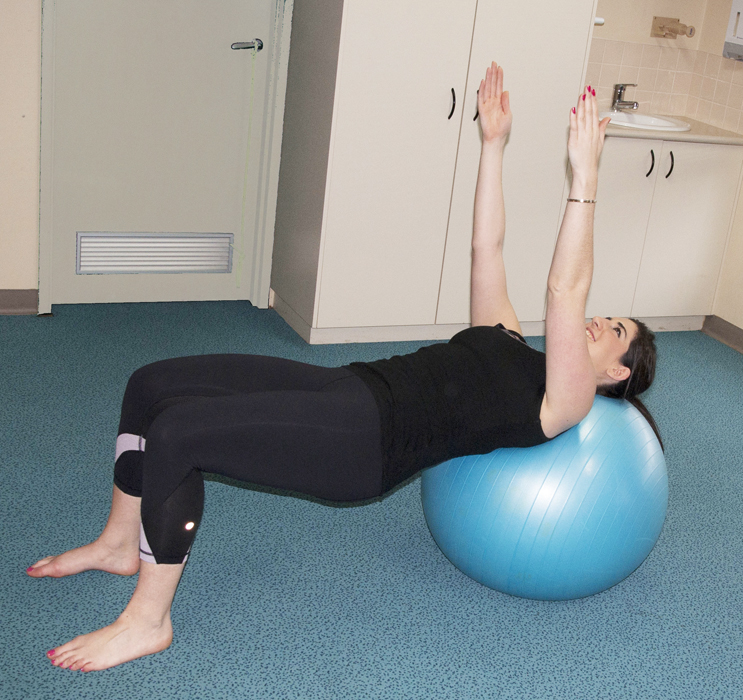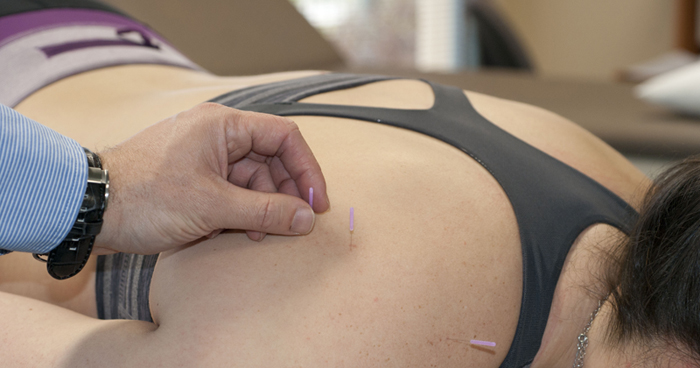Physiotherapy
Physiotherapists are trained to assess, diagnose and treat musculoskeletal conditions. Following a thorough assessment your physio will determine the best course of treatment for your individual situation. The treatment aims not only at reducing pain, stiffness and inflammation but also at correcting any predisposing factors such as muscle weakness or imbalances.
Treatment can include a variety of modalities such as joint mobilisation, massage, exercise prescription, stretches and electrotherapy.
Physiotherapists can also provide advice on posture and workplace setup, strength and fitness.
Clinical Pilates
Clinical Pilates uses the exercise system invented by Joseph Pilates in the early 20th century as a basis for treating musculoskeletal injuries and improving physical performance. The original exercises have been adapted to help with improving posture, rehabilitating injuries, improving sports performance and treating chronic pain.
Clinical Pilates is used in conjunction with general physiotherapy to manage a range of conditions. It involves exercises both on floor mats and with specific equipment such as reformers to improve muscle control and balance, flexibility and body awareness.
Dry needling
Dry needling, or western acupuncture uses acupuncture needles to treat physical injuries. The needles can help to reduce the tension in myofascial trigger points, the tense areas within the muscle and speed up healing of injured areas. This can help alleviate neuromuscular and chronic pain. It is helpful in muscle strains and conditions where muscle tension is a contributing factor, such as tennis elbow, piriformis syndrome, shin splints and compartment syndromes.